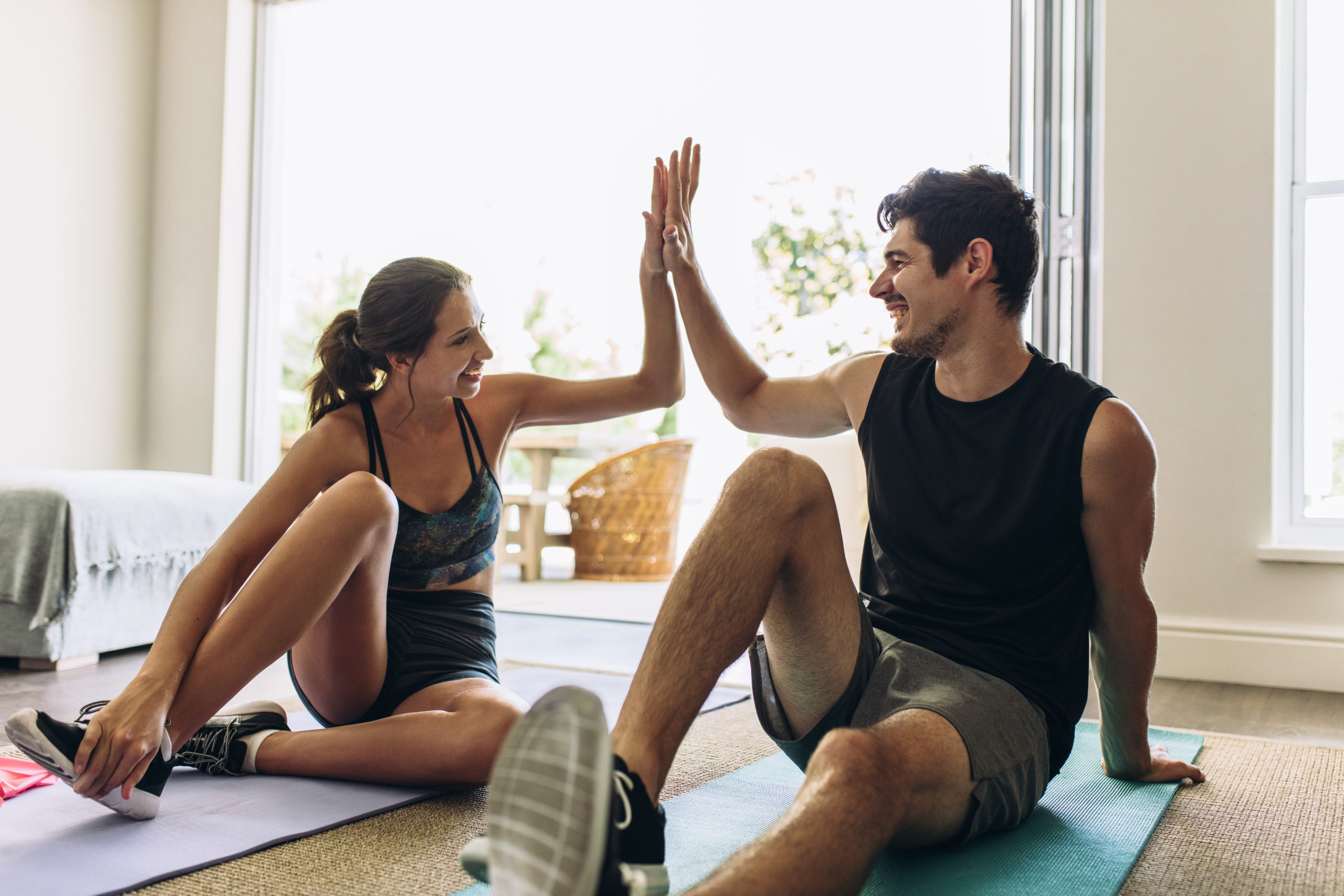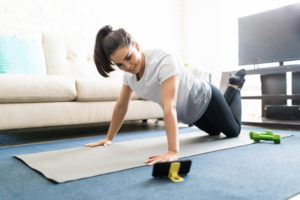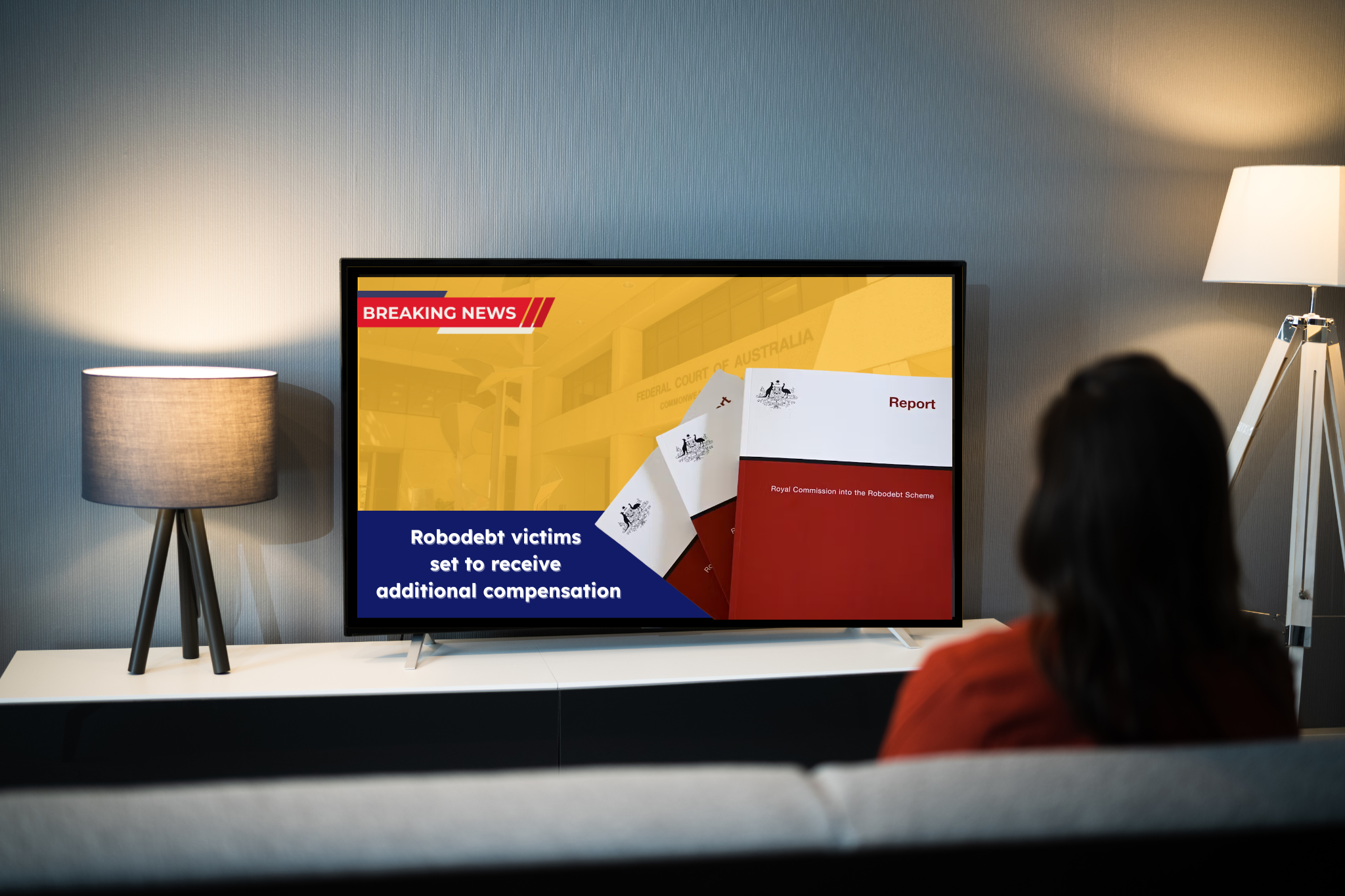
The right fit: Finding the workout that works for you
Last updated on September 23rd, 2022
As we emerge from the season of indulgence and look ahead to the new year, we all know what’s next.
We can see the advertisements to ‘lose those Christmas kilos’ before they even arrive, luring us into gyms, booking sessions with a personal trainer or signing up to the latest fitness app.
And, because we all want to start the new year on a good note, we’re even more likely to sign on the dotted line than usual. But is it worth it?
More than 6.2 million Australians are members of a gym. However, a recent survey found that 50 percent, or 3.1 million, Australians go to the gym less than once a week, so wasted membership fees add up to about $2.4 billion per year.
What starts with the good intention of getting back into shape has a very poor outcome. And the worst part? You can’t get out of that lock-in contract.
Before you snap up gym gear in the Boxing Day sales and sign away your life - well, a fair portion of your income, at any rate - there are some important things for you to consider.
Can you afford a gym membership?
It’s important to realise that gyms come with a significant financial commitment, particularly when you sign up for a fixed-term contract, meaning you can’t cancel at any time.
In Australia, the average amount spent on a gym membership is $95 per month or $1140 a year. Almost one million people spend more than $100 per month on gym membership fees. In a recent survey, one in five people said the cost of membership prevented them from joining a gym.
How much time do you have?
We already know your intentions are good but ask yourself: Do I really have the time to go to a gym? Will I start off with enthusiasm and trail off as work gets busier?
Training at a gym requires additional travel time and extra preparation. You’ll need to pack training clothes, remember your gym shoes and maybe pre-prepare breakfast or lunch depending on when you plan to train.
Around half of the people surveyed about gym memberships gave lack of free time as the reason they didn’t sign up.
And if you do sign up, how often will you go? According to Fitness For Weightloss, on average people only train at a gym twice per week. If you’re considering a gym membership, break it down to a per visit cost and be realistic about the number of sessions you’re likely to do per week.
So what are the benefits of a gym membership?
It’s hard, nay impossible, to match gyms for the range of equipment and facilities, even if you have the space to make your own home gym. There are cardio machines, weight machines, free weights, and some even have a pool and sauna. Typically, access to all the equipment is included in your membership. You can mix up your training routine and get to every muscle in your body.
Escaping to the gym gives you the chance for some all-important me-time. You just need to ensure you can set a regular time to visit the gym.
With a regular training routine, you’re likely to run into the same people. Saying ‘hi’ as you’re setting up for a class might make you a few new friends.

You might even meet your future partner. A study of 2000 people by Nuffield Health found that 10 percent of their members lived with someone they met at the gym. While we’re talking romance, Australian men are more likely than women to join a gym or sporting club. So, ladies, the numbers are in your favour.
Before you sign up for a gym membership, here’s what you need to know
- Cancelling a gym contract is not easy, so research before you buy. Consider gyms, sporting clubs and community associations when researching. Look at their costs and financial commitment. Also factor in termination fees, direct debit costs, membership suspension charges.
- The more expensive the membership and ancillary costs, the more you should negotiate on these costs. Another option is to ask for extras such as personal training or fitness assessments to be added free-of-charge.
- Make the commitment to exercise first. While you’re researching, spend two weeks actually exercising. This way you know when you’re most likely to be able to fit it in - and how often.
- Search online for second-hand gym memberships being sold at a reduced price.
- Visit at least two different gyms so you can compare their facilities and number of members.
- Don’t get caught out with the hard sell. Take contracts, brochures and give yourself 24 hours to digest the information.
- Read the fine print. If you don’t understand anything, ask for an explanation. Also, be sure to write down the staff member's name in case there is a problem with what you've been promised..
- Ask for a trial period or cooling off period with no termination fees.
- Ensure the auto-renew option isn’t selected on your membership. You definitely don’t want the gym to keep your membership going after the initial contract without contacting you first.
- Confirm the process and notice period to cancel a membership. Ask these key questions: What happens if I move house, get sick, lose my job or simply decide to give up?
- If you have cancelled a membership within your rights, and the club continues to take payment, contact your bank for assistance.
Should I try a personal trainer instead?
A recent survey by Suncorp revealed that women are more likely than men to enlist a personal trainer. Many gyms offer personal training at an additional cost.
Their fees vary depending on their specialty and training style. The typical cost for fitness, cardio, and crossfit session is $60–$70. While the cost of a personal trainer for weight loss workouts costs between $40–$100 per session, and $45–$65 per muscle gain and weightlifting session.

Aside from specialty, the cost of hiring personal trainers varies between cities. One flare lists the average cost of a personal trainer in different cities of Australia.
How to get the best trainer at a good price
- Personal trainers can be found through your local gym, a friend or online. Ask around to see if you can team up with a few others to share the cost of a personal trainer, preferably someone in the group has used previously.
- Ask plenty of questions about how training sessions will run. Talk about your need for specific and measurable goals to ensure you get results. Ask how frequently workout plans will be varied to keep you motivated and challenged.
- Compare different packages to reduce costs. Typically the more sessions you buy the less each session costs. Also ask whether full payment is expected upfront, per session or if instalments are possible. Get confirmation on the expiry or refund policy for unused sessions.
- Usually, you need to give 24 to 48 hours notice to cancel a session without having to pay for it but double-check with your proposed trainer.
- Lastly, watch out for personal trainers selling supplements of any kind. It can make for an uncomfortable situation if you feel under pressure to buy additional products.
What if gyms and trainers aren’t for me?
So you know a gym isn’t your thing and you’re not 100 percent sure about the cost of a personal trainer, either. But you do want to shed some Christmas kilos and, more importantly, stay fit.
You also know you need the added motivation of a workout buddy but none of your actual mates work to the same schedule as you. What to do?
Staying at home and getting healthy is possible. Even in isolation, you can have a buddy. In fact, it’s one of the best uses of your smartphone. Whether you’re just getting back into fitness, a yoga lover, an avid runner or seeking a great HIIT session, there’s a workout app for you.
Why should you use a workout app?
Training with an app can boost your motivation and give you inspiration. New research from Flinders University revealed that apps that include a social element where you can chat and share ideas with a community are especially beneficial.
An app is also a good way for you to ease into exercising on your own terms and finding what routine or kind of exercise works best for you. If you don’t like it, you can quickly ditch it for another without any of the hassles associated with a gym membership or personal trainers.
How much do workout apps cost?
There is a huge array of workout apps to choose from, with varying arrays of charges, depending on how you use them. But the good news is there are plenty of excellent free ones (for both Apple and Android users), including:
Yoga for Beginners
This app is 100 percent free and has 5 stars from almost 95,000 reviews. It offers an unparalleled choice of workouts and an easy-to-understand layout for beginners. Also, experienced yogis can build and customise their own yoga workouts.

Grokker
This app has a variety of programs that vary in length and have different aims. There is a 14-day sugar reset program if you need to cut your sugar intake. Other programs include 7 minute HIIT yoga, pilates, and daily muscle relief sessions, as well as 20 minutes of low impact movement, perfect for warming up or relieving sore muscles.
Strava
This is wildly popular with cyclists and runners from casual exercisers to pros. It works with various GPS devices and tracks plenty of metrics, including how you compare with others on your same routes.
Runtastic
Allows you to set goals, uses a built-in GPS to record routes in real-time, and lets you share your successes with your friends. It also has some cool features including tracking when your shoes will need to be replaced.
Couch to 5K Runner
Has a program claiming to get people off the couch and running in just nine weeks. You’ll work your way from a 15-minute saunter to a 5km run with the help of Olympian Michael Johnson. So if the hardest part is taking that first step, this is the app for you.
MyTraining Workout Tracker Log
Has more than 100 training videos, a routine log, and a handy calendar feature. So when you complete a session, you can mark it off or log it in your calendar to help keep you motivated and on track. It also has a great exercise database searchable by the type of exercise you’re doing, such as a ‘leg day’, to provide you with some new exercises.
FitOn
Features a star-studded list of trainers. This is a Netflix-style fitness app with a wide array of video exercise classes and resources for HIIT, strength, toning, yoga, pilates, and cardio. The majority of content is free and it’s available on both Android and iOS.
Daily Workouts Fitness Trainer
Bring the gym into your living room with 30-minute workouts. You can choose from hundreds of exercises.
Fitbod Weight Lifting Trainer
This strength-training app is for lovers of CrossFit. The more you use it, the more it understands your abilities and can tailor workouts and challenges for you.
It costs you nothing to download and try these free apps for yourself. Just remember to spot any suggested upsells asking for payment while you're still assessing if you will enjoy using the app.
What if I choose to buy one?
If you find a fitness app that works for you, then you can buy it with confidence. Australian law says you have the same consumer rights as someone who buys a product in a physical store. If the app fails to download or has too many bugs to make it useful, you can ask for a refund.
And if you have any issues on your fitness journey, be it a gym that won't let you cancel your membership during the cooling off period, or an app you just can't download without bugs, let us know. Make your complaint with us and let us Help You Handle It.






